
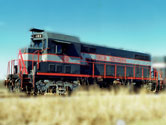



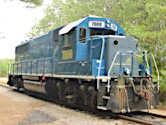
Tuskegee Railroad

 Despite a population of just under 10,000, few towns in the South have had as much of an impact on African-American history, especially in the last century. A Tuskegee native, Rosa Parks, brought the struggle of the Civil Rights movement to a national audience when she refused to give up her seat on a Montgomery bus. At the height of the movement, Tuskegee was part of a landmark voting rights case, Gomillion v. Lightfoot, which found the gerrymandering of districts to limit the black vote to be an unconstitutional practice.
Yet Tuskegee's history goes much further. Spanish explorer Hernando de Soto's expedition took him through the area in the 15th Century. Native Americans lived there first and remained until settlers arrived in the early 19th Century.
Located 40 miles east of Alabama's capital city, Montgomery, and a short commute from Auburn University, Tuskegee retains the charm of small-town America. Yet the people, the town and historic Tuskegee University have produced resonate throughout the nation -- if not the world.
Despite a population of just under 10,000, few towns in the South have had as much of an impact on African-American history, especially in the last century. A Tuskegee native, Rosa Parks, brought the struggle of the Civil Rights movement to a national audience when she refused to give up her seat on a Montgomery bus. At the height of the movement, Tuskegee was part of a landmark voting rights case, Gomillion v. Lightfoot, which found the gerrymandering of districts to limit the black vote to be an unconstitutional practice.
Yet Tuskegee's history goes much further. Spanish explorer Hernando de Soto's expedition took him through the area in the 15th Century. Native Americans lived there first and remained until settlers arrived in the early 19th Century.
Located 40 miles east of Alabama's capital city, Montgomery, and a short commute from Auburn University, Tuskegee retains the charm of small-town America. Yet the people, the town and historic Tuskegee University have produced resonate throughout the nation -- if not the world.
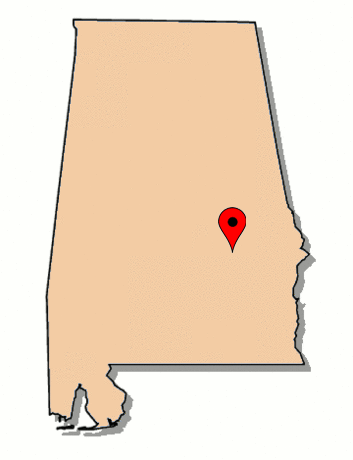 The Tuskegee Railroad was incorporated in Alabama in 1902 for the purpose of acquiring a previous railroad owned by E. T. Varner & Company. The main purpose of the railroad was to facilitate entrance into the grounds of the Tuskegee Normal & Industrial Institute. The line extended from a connection with the Western Railway of Alabama at Chehaw, Alabama, to the end of line at Tuskegee, 5.7 miles. Originally built in the 1860s as a narrow gauge railroad and then wrecked during the Civil War, it was later rebuilt and converted to standard gauge in 1898. The first two miles of the line was laid in the valley of a small stream, but most of the run was constructed on a broad plateau with easy grades. The narrow gauge hauler rostered at least 3 small steam engines built by Danforth and Porter; the subsequent standard gauge shortline at least 7 steamers, mostly Baldwins -- including #101, a Baldwin "Prairie" type that survives today at the Illinois Railway Museum. The Tuskegee Railroad was shuttered by the early 1960s.
The Tuskegee Railroad was incorporated in Alabama in 1902 for the purpose of acquiring a previous railroad owned by E. T. Varner & Company. The main purpose of the railroad was to facilitate entrance into the grounds of the Tuskegee Normal & Industrial Institute. The line extended from a connection with the Western Railway of Alabama at Chehaw, Alabama, to the end of line at Tuskegee, 5.7 miles. Originally built in the 1860s as a narrow gauge railroad and then wrecked during the Civil War, it was later rebuilt and converted to standard gauge in 1898. The first two miles of the line was laid in the valley of a small stream, but most of the run was constructed on a broad plateau with easy grades. The narrow gauge hauler rostered at least 3 small steam engines built by Danforth and Porter; the subsequent standard gauge shortline at least 7 steamers, mostly Baldwins -- including #101, a Baldwin "Prairie" type that survives today at the Illinois Railway Museum. The Tuskegee Railroad was shuttered by the early 1960s.

See also our T R Miller Mill steam scrapbook in Industrials
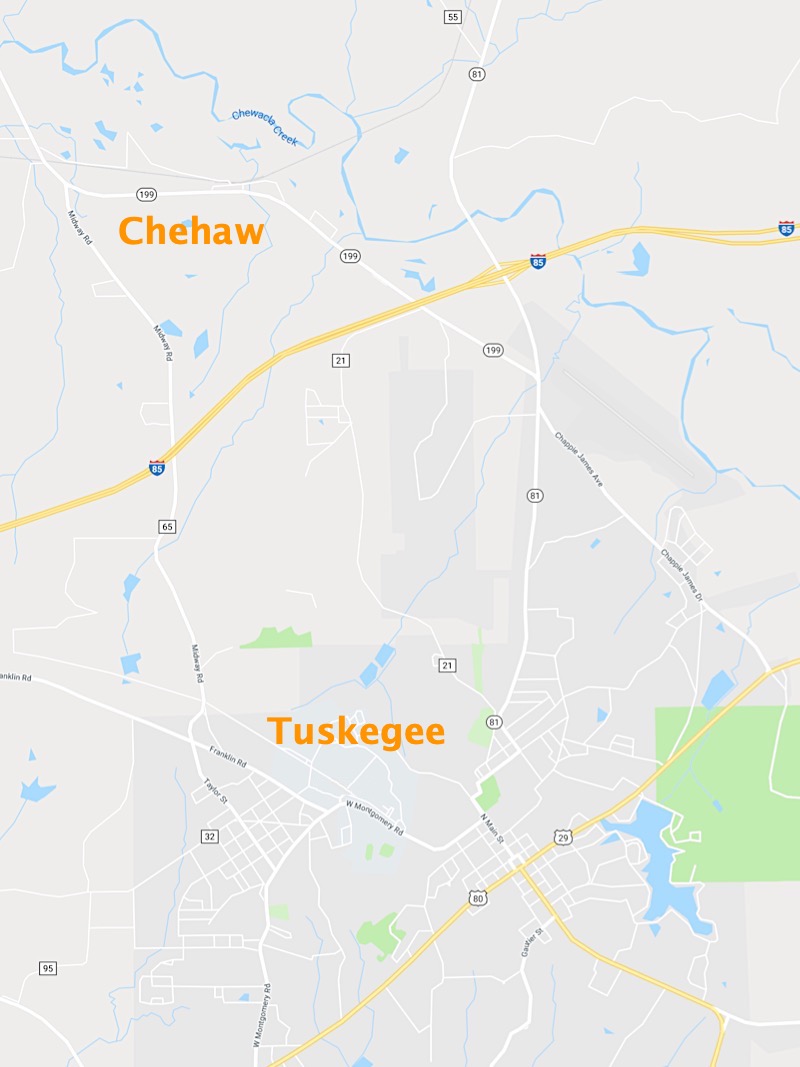
TK route overview / RWH
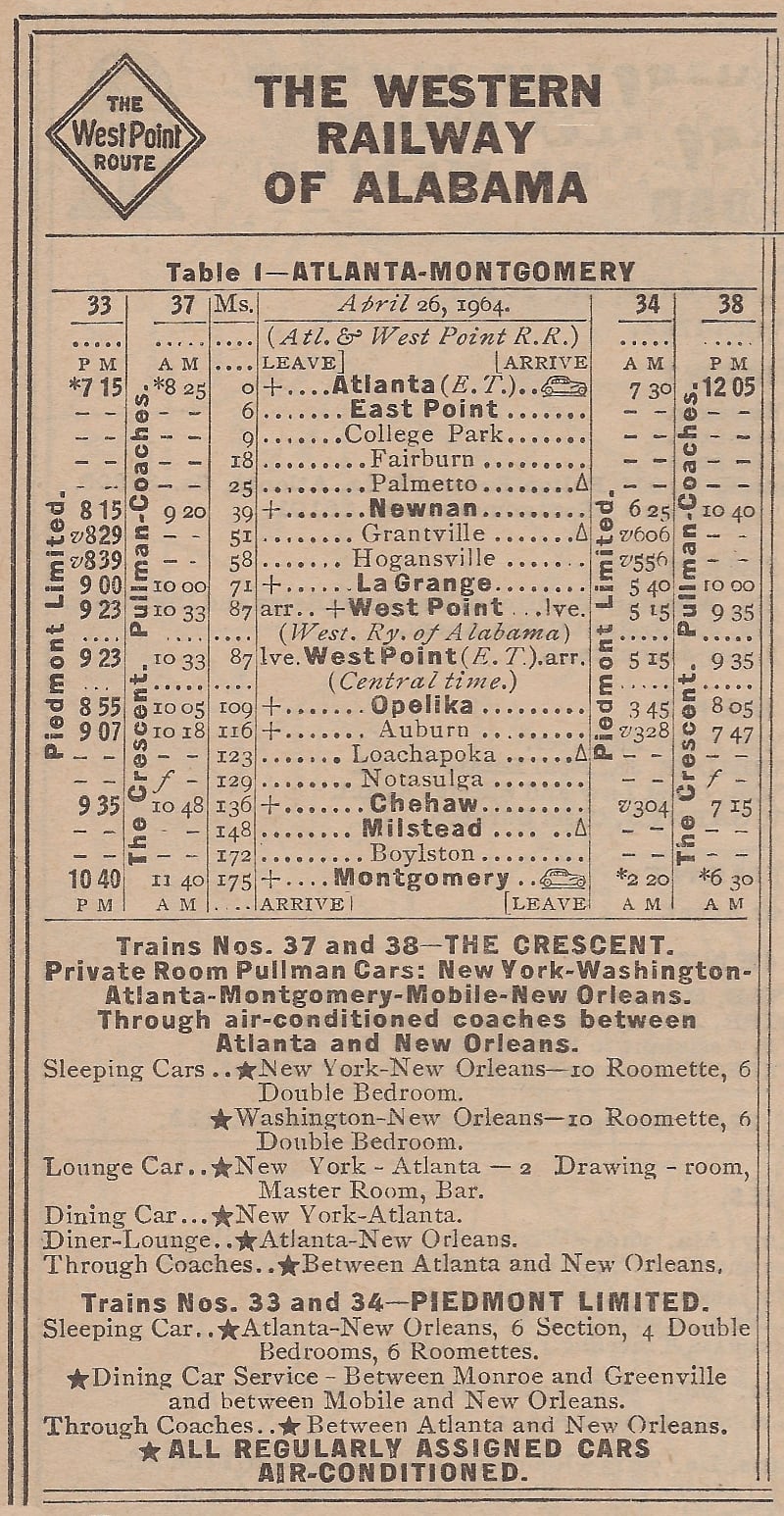
1965 Western Rwy of Alabama ad / collection

The Tuskegee Railroad served rising numbers of passengers from depots near downtown Tuskegee, at the institute, within easy walking distance of the The Oaks, Washington's stately campus home, and at Chehaw, the carrier's only interchange point. For many years, the railroad offered travelors the option of three daily departures in each direction. After arriving at Chehaw, many passengers made connections to the Western Railway of Alabama, whose notable long-distance trains, such as the Crescent Limited and Piedmont Limited, offered expedient service to Atlanta, Montgomery, and New Orleans, as well as cities along the eastern seaboard, such as Washington DC, in conjunction with other lines.
When the Railroad Leaves Town: American Communities in the Age of Rail Line Abandonment: Eastern United States
HawkinsRails thanks railfan Charles Johns Jr. for use of his Tuskegee photographs

Motive Power
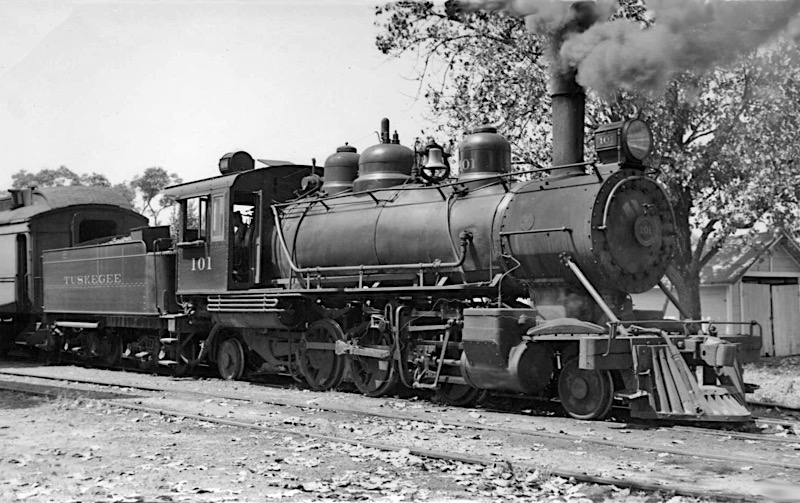
Tuskegee #101
Tuskegee, Al / Charles Johns Jr. collection


Tuskegee #101
to T R Miller Mill Company #101
sold to Illinois Railway Museum
cosmetically restored as Tuskegee #101
stored serviceable at IRM
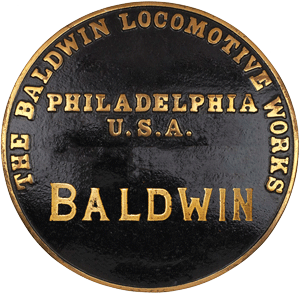

this locomotive also posted in Illinois Railway Museum and T R Miller Mill Industrial

See also our complete Tuskegee #101 steam locomotive scrapbook in Featured Steam
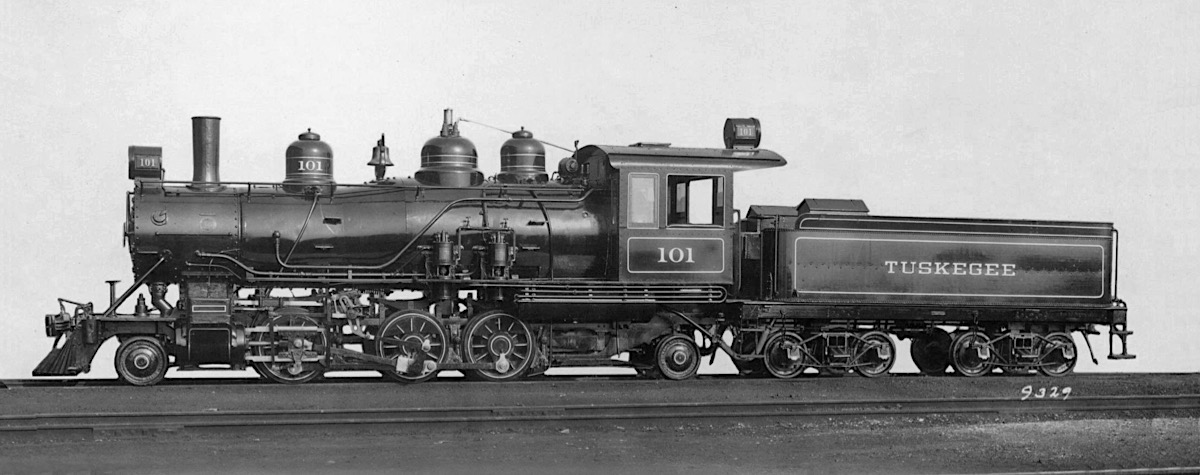
Baldwin builder's photo / 1924 / Charles Johns Jr. collection
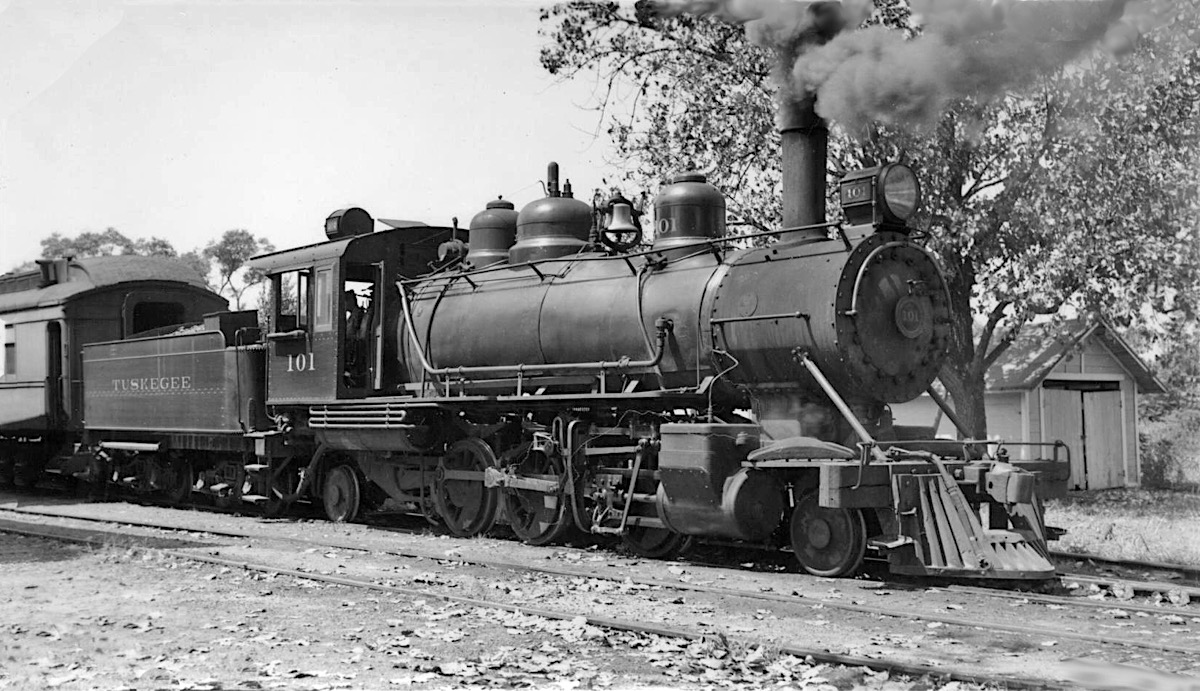
Tuskegee, Al / Charles Johns Jr. collection
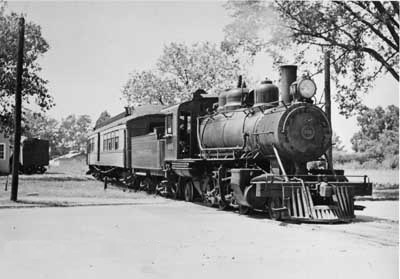
Tuskegee, Al / collection
Links / Sources
- Mississippi Rails page for Tuskegee Railroad
- Wikipedia article for Tuskegee Railroad
- Confederate Railroads
- Joseph P. Schwieterman, When the Railroad Leaves Town: American Communities in the Age of Rail Line Abandonment: Eastern United States (Truman State University Press)